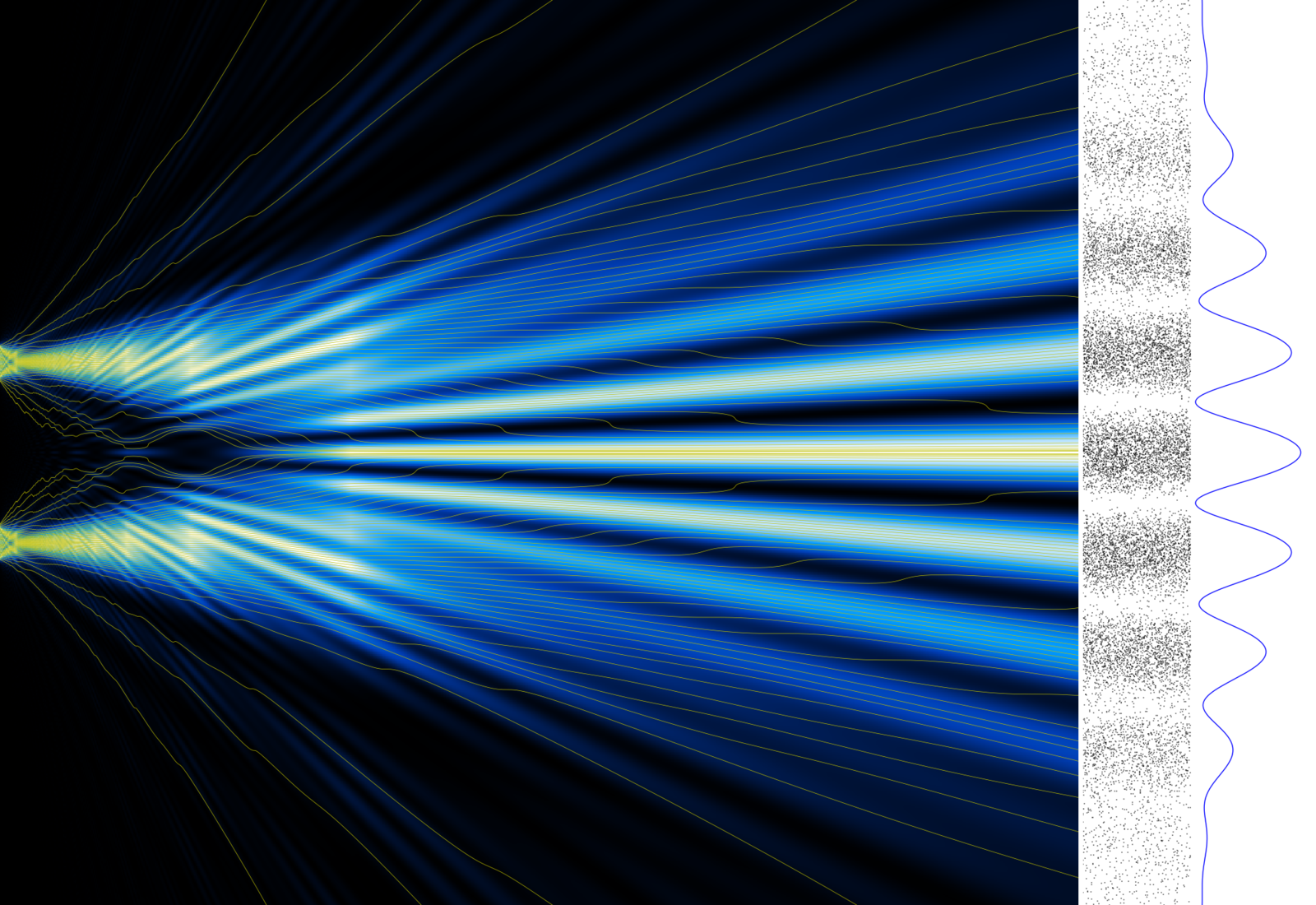Quantum Interference: Harnessing the Wave Nature of Particles
Understanding Quantum Interference
Quantum interference is a fundamental phenomenon in quantum mechanics that arises from the wave-particle duality of matter and light. It occurs when multiple quantum states or pathways interact with each other, leading to constructive or destructive interference patterns. This interference is a manifestation of the probabilistic nature of quantum systems and has no classical analog.

The Double-Slit Experiment
The double-slit experiment is a classic demonstration of quantum interference. In this experiment, particles (such as electrons or photons) are directed towards a barrier with two parallel slits. According to classical physics, the particles should behave like bullets, passing through one slit or the other and creating two distinct bands on a detector screen behind the barrier.
However, in the quantum realm, the particles exhibit wave-like behavior. Each particle seems to pass through both slits simultaneously, interfering with itself and creating an interference pattern on the detector screen. This interference pattern consists of alternating bright and dark fringes, which cannot be explained by classical particle behavior.
Quantum Superposition and Entanglement
Quantum interference is closely related to the concepts of quantum superposition and entanglement. Quantum superposition refers to the ability of a quantum system to exist in multiple states simultaneously until it is measured. In the double-slit experiment, each particle can be thought of as being in a superposition of passing through both slits at the same time.
Entanglement, on the other hand, is a quantum phenomenon where two or more particles become correlated in such a way that their quantum states cannot be described independently. When entangled particles are separated, measuring the state of one particle instantly affects the state of the other, regardless of the distance between them. Quantum interference can be observed in entangled systems, where the interference of one particle depends on the state of its entangled partner.
Applications of Quantum Interference
Quantum interference has numerous applications in various fields, including:
Quantum Computing
Quantum interference is a key principle behind quantum computing. Quantum computers exploit the interference of quantum states to perform certain computations exponentially faster than classical computers. By manipulating quantum bits (qubits) and harnessing their interference, quantum computers can solve complex problems in cryptography, optimization, and simulation.
Quantum Cryptography
Quantum interference is also used in quantum cryptography, which is a method of secure communication that relies on the principles of quantum mechanics. Quantum key distribution (QKD) protocols, such as the BB84 protocol, use the interference of photons to establish a secure key between two parties. Any attempt to intercept or measure the photons during transmission will disturb the interference pattern, alerting the communicating parties to the presence of an eavesdropper.
Quantum Metrology
Quantum interference can be exploited in quantum metrology to enhance the precision and sensitivity of measurement devices. Quantum sensors, such as gravimeters and magnetometers, use the interference of atomic states to detect tiny changes in gravitational or magnetic fields. These sensors have applications in geophysics, navigation, and fundamental physics research.
Challenges and Future Directions
While quantum interference has opened up exciting possibilities in various fields, there are still challenges to overcome. One of the main challenges is the fragility of quantum states, which are easily disturbed by environmental noise and decoherence. Maintaining the coherence of quantum systems and protecting them from external perturbations is crucial for harnessing the full potential of quantum interference.
Future research directions in quantum interference include the development of more robust and scalable quantum systems, the exploration of new materials and platforms for quantum devices, and the integration of quantum technologies with classical systems. As our understanding of quantum interference deepens, we can expect to see more innovative applications emerge in fields such as sensing, communication, and computing.
Further Reading
Nature Nanotechnology, Quantum interference enhances the performance of single-molecule transistors
Nano Letters, Visualizing Quantum Interference in Molecular Junctions
Physical Review Research, Quantum interference between distant creation processes
